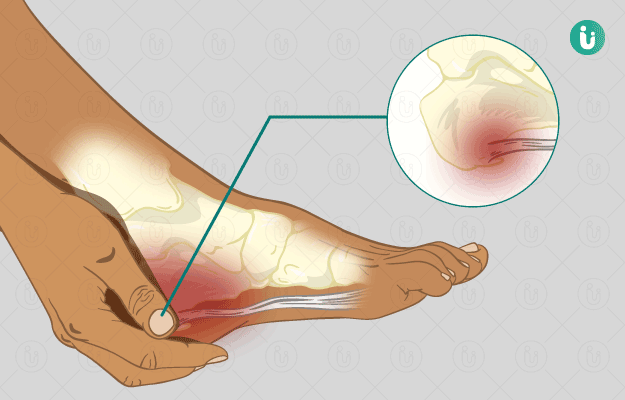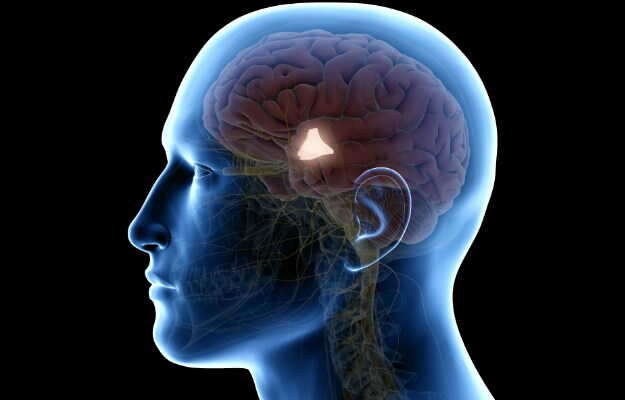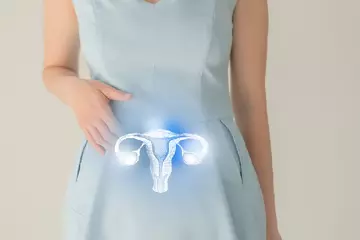What is a bone spur?
A bone spur is a tiny bony growth, which develops on the bone edges, mainly in the joints where bones meet each other. Bone spurs can also grow on the spine. Their presence puts an increased pressure on the spine or the affected joint.
Usually, bone spurs develop in the region of inflammation or injury near the cartilage or tendons. Common locations for bone spur development are:
- Sole of the heel bone of the foot- These are also known as heel spurs. They are usually painful.
- Hands- Bone spurs can develop in the finger joints causing loss of movement.
- Shoulder – Bone spurs lead to inflammation of tendons (tendonitis) as they rub against the tendons and muscles of the shoulder’s rotator cuff, thus, restricting the motion of the shoulder.
- Spine – Narrowing of the spine, called spinal stenosis, occurs due to bone spurs. This results in pain, numbness, and weakness in the legs due to impingement of the nerves.
- Hip and knees – Bone spurs may cause pain in these areas affecting the range of motion.
What are its main signs and symptoms?
At times, bone spurs may not be associated with any symptoms. But, when symptoms develop, they depend on the location. Bone spurs can cause pain, numbness, and tenderness in the affected area due to irritation of the nearby tissues, tendons, nerves or skin.
Bone spurs in the heel can cause difficulty in walking, along with, tenderness and swelling. At times, the entire sole is inflamed, if the bone spur is at the bottom of the heel.
Bone spurs in the spine can cause impingement of nerves, which results in numbness, tingling, and pain in the body part supplied by that particular nerve.
When a bone spur is silent and does not cause any symptoms; it can show up in X-ray tests that are performed for other reasons.
What are its main causes?
Bone spurs commonly form at sites of inflammation and pressure.
Osteoarthritis, a common degenerative joint disease, is the most common cause of formation of a bone spur. It is a common condition in elderly people. As we age, wear and tear of cartilage occur; this causes the bone mass to drop down. In an attempt to repair the loss, the body develops bone spurs.
How is it diagnosed and treated?
During the examination, your doctor may palpate near the joint to locate the exact area of pain. The doctor will then ask you to get an X-ray for that particular area. Other imaging tests like MRI scan, CT scan, and myelogram are performed if needed.
On confirming the diagnosis, the doctor might prescribe few over-the-counter medicines to control the pain and inflammation. Local cold application on the area may reduce discomfort.
Shoe inserts for the heel spur are advised initially; surgery may be needed to relieve persistent pain.
You may be advised to rest, undergo physical therapy, and activity modification. Surgery is advised if the spur presses on nerves and causes severe pain.
(Read more: Bone pain causes)

 Doctors for Bone Spur
Doctors for Bone Spur 


















